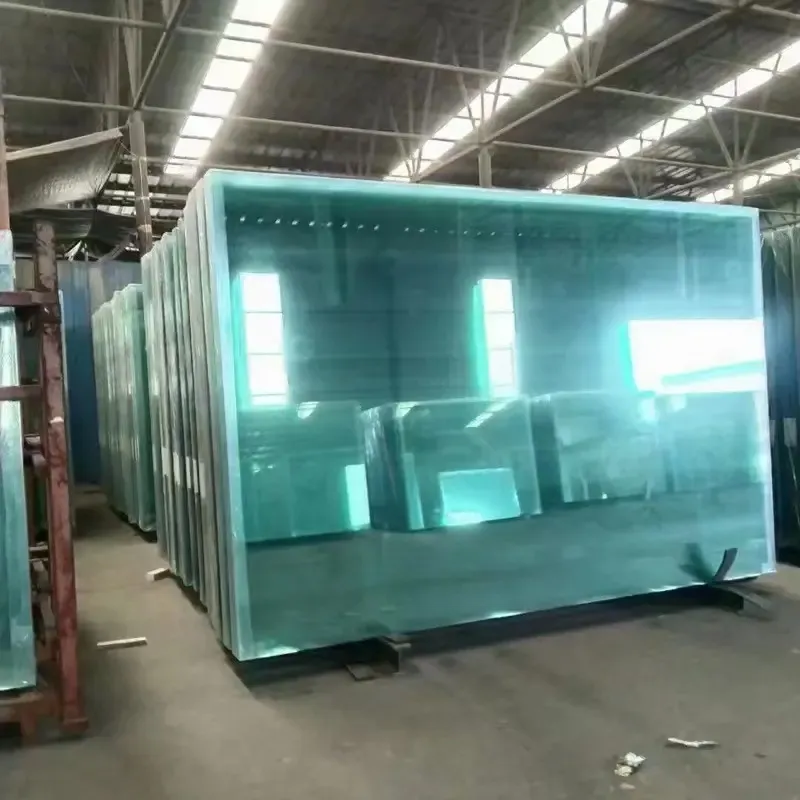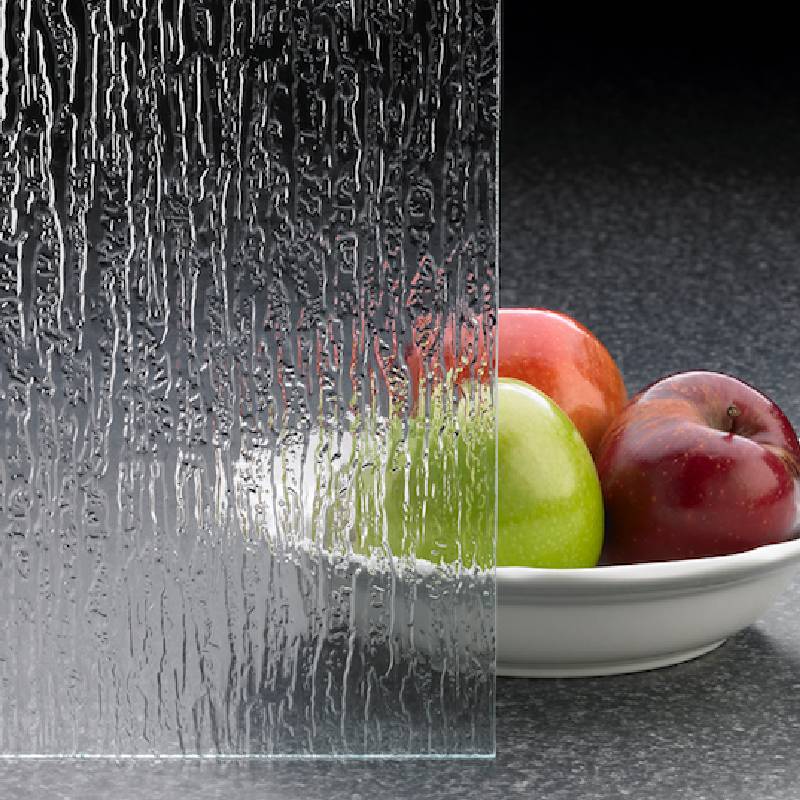Float glass has rapidly become a cornerstone in the architectural and industrial glass sectors, renowned for its high quality, durability, and versatility. As industries increasingly demand materials that are both economically viable and ecologically sustainable, understanding the pricing dynamics of float glass becomes crucial for decision-makers. This article aims to shed light on the multifaceted factors influencing the float glass price list, offering insights based on real-world experiences, professional expertise, and industry authority.

The foundation of float glass manufacturing is the float process, which ensures a seamless and flawless glass surface by floating molten glass on a bed of molten tin. This innovation has made float glass an industry standard, and any fluctuation in its price list directly impacts both manufacturers and consumers. Price fluctuations are typically driven by a confluence of factors, including raw material costs, energy expenses, technological advancements, and supply-demand dynamics.
Raw materials such as silica sand, soda ash, and limestone are essential in float glass production.
A significant portion of float glass costs stems from the procurement of these materials. Geopolitical tensions, mining regulations, and international trade policies can affect their availability and cost, leading to potential price adjustments in the float glass market. Energy consumption is another critical factor, as glass production is energy-intensive. Changes in global energy prices, alongside advancements in energy-efficient technologies, can lead to notable shifts in production costs and, consequently, float glass prices.

Technological advances have played a pivotal role in optimizing the float glass production process, making it more efficient and cost-effective. Manufacturers continually invest in R&D to reduce energy consumption, enhance glass quality, and minimize waste. These innovations often translate into competitive pricing and can be a decisive factor for industry players seeking to differentiate themselves in the market. The adoption of cutting-edge technologies not only improves production efficiency but also enhances environmental sustainability, which is increasingly a purchasing criterion for eco-conscious consumers.
float glass price list
The glass industry is highly susceptible to supply and demand dynamics, with construction, automotive, and solar energy sectors being major consumers of float glass. Economic growth propels demand, particularly in emerging markets where urbanization and infrastructural development are brisk. However, global events such as the COVID-19 pandemic have shown how quickly demand can plummet due to halted projects and disrupted supply chains, creating a volatile pricing environment. Keeping abreast of market trends and demand projections is fundamental for stakeholders to make informed purchasing and investment decisions.
Trustworthiness in the float glass market hinges on transparency and reliability from suppliers. Buyers often prefer suppliers who provide comprehensive pricing lists that include details about product specifications, grade variations, and shipment terms. Trustworthy suppliers not only foster lasting business relationships but also offer assurance regarding the quality and compliance of their products. This aspect is critical in construction and manufacturing, where adherence to safety standards and regulations is non-negotiable.
For professionals involved in procurement and supply chain management, leveraging authoritative data and credible market analysis is indispensable. Engaging with reputed industry analysts and subscribing to glass industry reports can offer a competitive edge through early access to market shifts and pricing trends. Moreover, attending trade shows and industry conferences enhances one’s network and expertise, fostering an environment of collaboration and shared knowledge.
In conclusion, the float glass price list is not merely a reflection of production costs but a composite of various socio-economic factors. By understanding these elements—drawing from personal insights, professional acumen, and authoritative resources—industry stakeholders can navigate the complex pricing landscape effectively. This approach not only drives business success but also ensures that decisions are made with sustainability and long-term viability in mind.
 Afrikaans
Afrikaans  Albanian
Albanian  Amharic
Amharic  Arabic
Arabic  Armenian
Armenian  Azerbaijani
Azerbaijani  Basque
Basque  Belarusian
Belarusian  Bengali
Bengali  Bosnian
Bosnian  Bulgarian
Bulgarian  Catalan
Catalan  Cebuano
Cebuano  Corsican
Corsican  Croatian
Croatian  Czech
Czech  Danish
Danish  Dutch
Dutch  English
English  Esperanto
Esperanto  Estonian
Estonian  Finnish
Finnish  French
French  Frisian
Frisian  Galician
Galician  Georgian
Georgian  German
German  Greek
Greek  Gujarati
Gujarati  Haitian Creole
Haitian Creole  hausa
hausa  hawaiian
hawaiian  Hebrew
Hebrew  Hindi
Hindi  Miao
Miao  Hungarian
Hungarian  Icelandic
Icelandic  igbo
igbo  Indonesian
Indonesian  irish
irish  Italian
Italian  Japanese
Japanese  Javanese
Javanese  Kannada
Kannada  kazakh
kazakh  Khmer
Khmer  Rwandese
Rwandese  Korean
Korean  Kurdish
Kurdish  Kyrgyz
Kyrgyz  Lao
Lao  Latin
Latin  Latvian
Latvian  Lithuanian
Lithuanian  Luxembourgish
Luxembourgish  Macedonian
Macedonian  Malgashi
Malgashi  Malay
Malay  Malayalam
Malayalam  Maltese
Maltese  Maori
Maori  Marathi
Marathi  Mongolian
Mongolian  Myanmar
Myanmar  Nepali
Nepali  Norwegian
Norwegian  Norwegian
Norwegian  Occitan
Occitan  Pashto
Pashto  Persian
Persian  Polish
Polish  Portuguese
Portuguese  Punjabi
Punjabi  Romanian
Romanian  Russian
Russian  Samoan
Samoan  Scottish Gaelic
Scottish Gaelic  Serbian
Serbian  Sesotho
Sesotho  Shona
Shona  Sindhi
Sindhi  Sinhala
Sinhala  Slovak
Slovak  Slovenian
Slovenian  Somali
Somali  Spanish
Spanish  Sundanese
Sundanese  Swahili
Swahili  Swedish
Swedish  Tagalog
Tagalog  Tajik
Tajik  Tamil
Tamil  Tatar
Tatar  Telugu
Telugu  Thai
Thai  Turkish
Turkish  Turkmen
Turkmen  Ukrainian
Ukrainian  Urdu
Urdu  Uighur
Uighur  Uzbek
Uzbek  Vietnamese
Vietnamese  Welsh
Welsh  Bantu
Bantu  Yiddish
Yiddish  Yoruba
Yoruba  Zulu
Zulu 


